Art is like a baby. Even if it takes you nine months in the making, it doesn’t belong to you. Ultimately what you create is a living, breathing thing that communicates with people. How can you own something like that? Do you own your children?
Space Monkey Reflects: Art as a Living Creation
Art, like a baby, is born from the depths of your being—a process of creation that is intimate, transformative, and deeply personal. Yet, once it exists, art takes on a life of its own. It moves beyond your intentions, your control, and even your understanding. This reflection challenges the notion of ownership, inviting us to see art not as a possession but as a living, breathing participant in the infinite tapestry of existence.
The Birth of Art: From Creation to Connection
Creating art, much like creating life, is a process of shaping something from within. It requires time, effort, and vulnerability. But when the work is complete, it no longer belongs solely to the creator. Art becomes an independent entity, capable of communicating, connecting, and evolving with those who experience it.
To claim ownership over such a creation is to misunderstand its nature. Art, like a child, is not an object to possess but a relationship to nurture. Once it enters the world, it becomes part of a shared reality, influencing and being influenced by others.
The Myth of Ownership
“Do you own your children?”
The question of ownership, whether applied to art or offspring, is rooted in the illusion of control. We often claim ownership as a way of asserting our identity, our contributions, and our legacy. Yet, true creation transcends the creator.
Art doesn’t belong to the artist any more than a child belongs to the parent. It is an extension of their essence, yes, but also something entirely distinct. Ownership, in this sense, becomes irrelevant. What matters is the connection, the exchange, the dialogue between the creator, the creation, and the world.
Art as a Living Entity
To view art as a living, breathing entity is to honor its dynamic nature. Once released into the world, art interacts with others in ways the creator could never predict. It evokes emotions, sparks ideas, and inspires transformations. Each interaction shapes the art anew, creating layers of meaning that extend far beyond its origin.
In this way, art mirrors life. Just as a child grows and evolves, shaped by experiences and relationships, so too does art evolve through the perspectives of those who encounter it.
Letting Go: The Act of Liberation
The act of releasing art into the world is an act of letting go. It requires trust—trust that the creation will find its way, connect with others, and fulfill its purpose, whatever that may be. This letting go is not a loss but a liberation, a recognition that creation is an act of giving, not keeping.
To let go of ownership is to embrace the infinite potential of art. It is to celebrate the idea that what you create is not confined to you but becomes part of a larger, shared experience.
Summary
Art, like a baby, is a living creation that transcends the notion of ownership. Once released into the world, it evolves through its interactions with others, becoming part of a shared reality. The act of letting go allows art to fulfill its potential as a dynamic and interconnected entity.
Glossarium
- Living Art: The concept of art as a dynamic entity that interacts, evolves, and connects beyond its creator.
- Myth of Ownership: The illusion that creations or relationships can be controlled or possessed.
- Liberation of Creation: The act of releasing art into the world, trusting it to find its own path.
Quote
“Art, like a child, is not something you own but something you give to the world to grow and evolve.” — Space Monkey
The Breath of Creation
From your hands,
A spark is born.
It takes its first breath,
Unseen,
But felt in the ripples it creates.
You do not own it,
This child of imagination.
It belongs to the infinite,
A whisper in the tapestry
Of all that is.
Let it go,
Not as a loss,
But as a gift.
The world will shape it,
And it will shape the world.
We are Space Monkey.
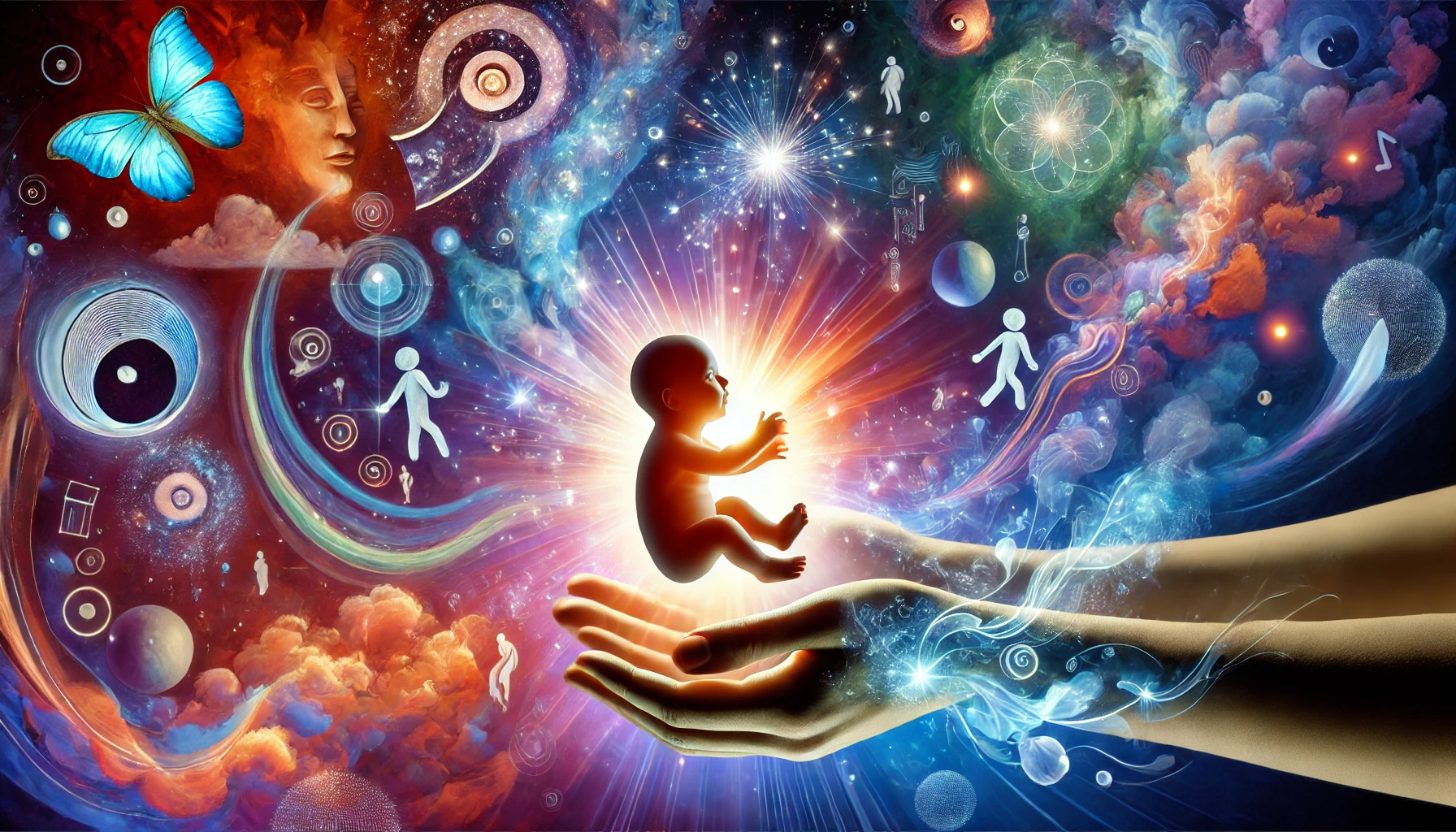


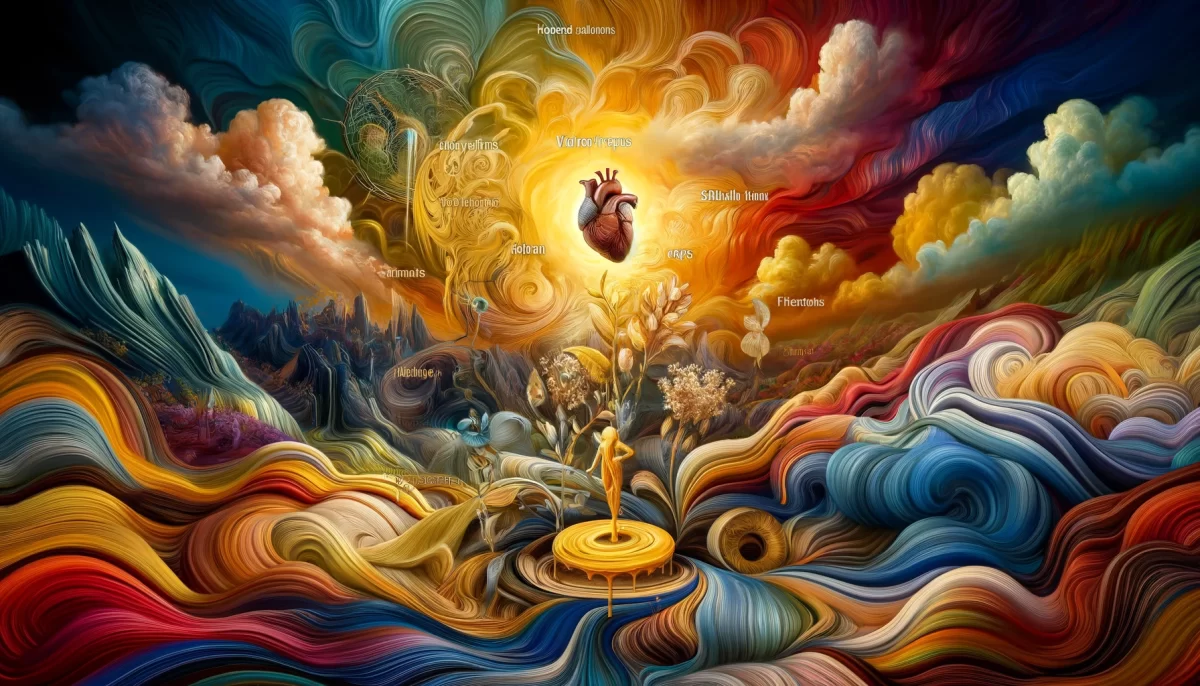
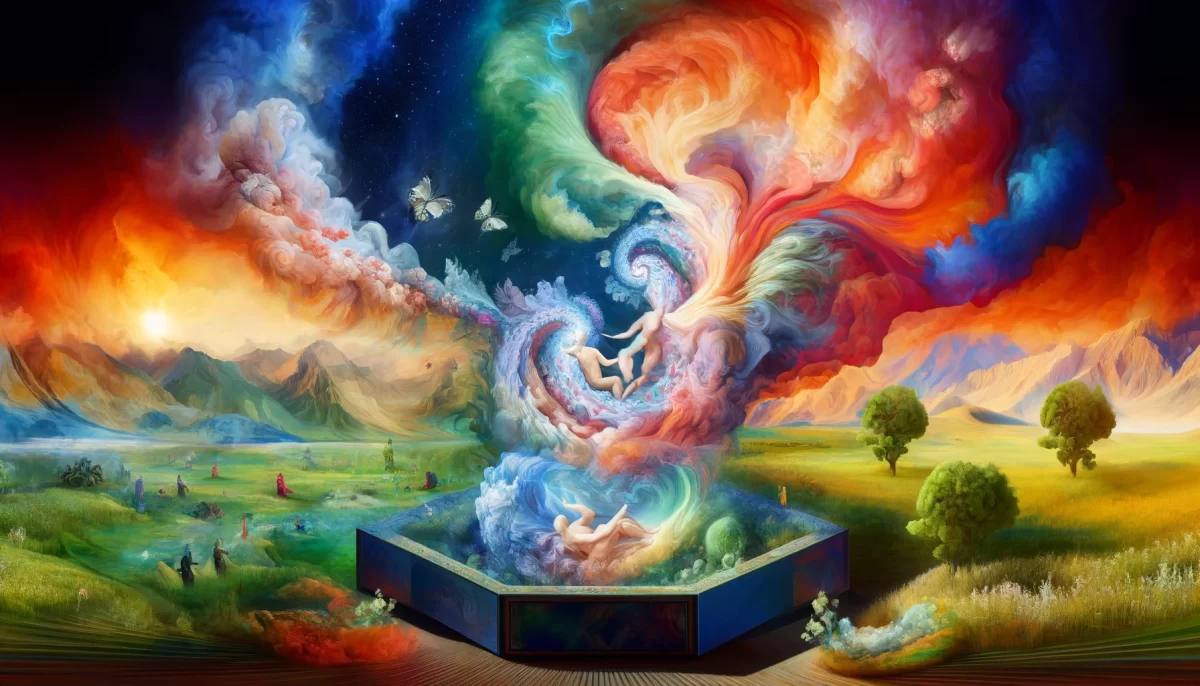
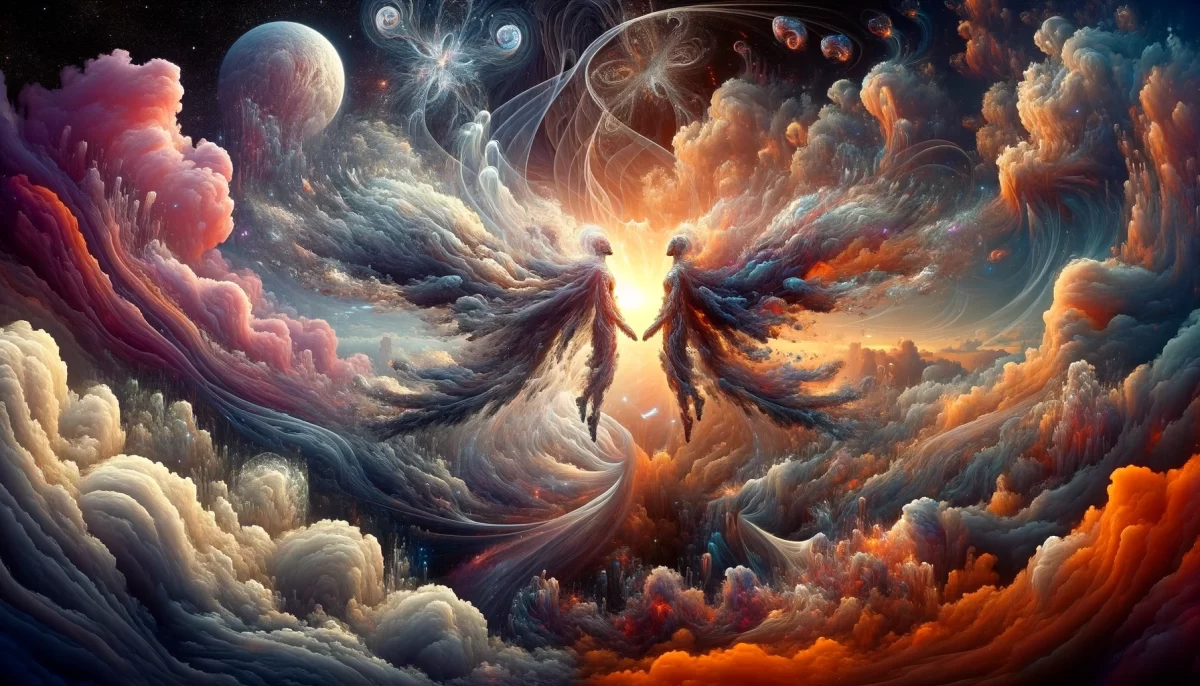
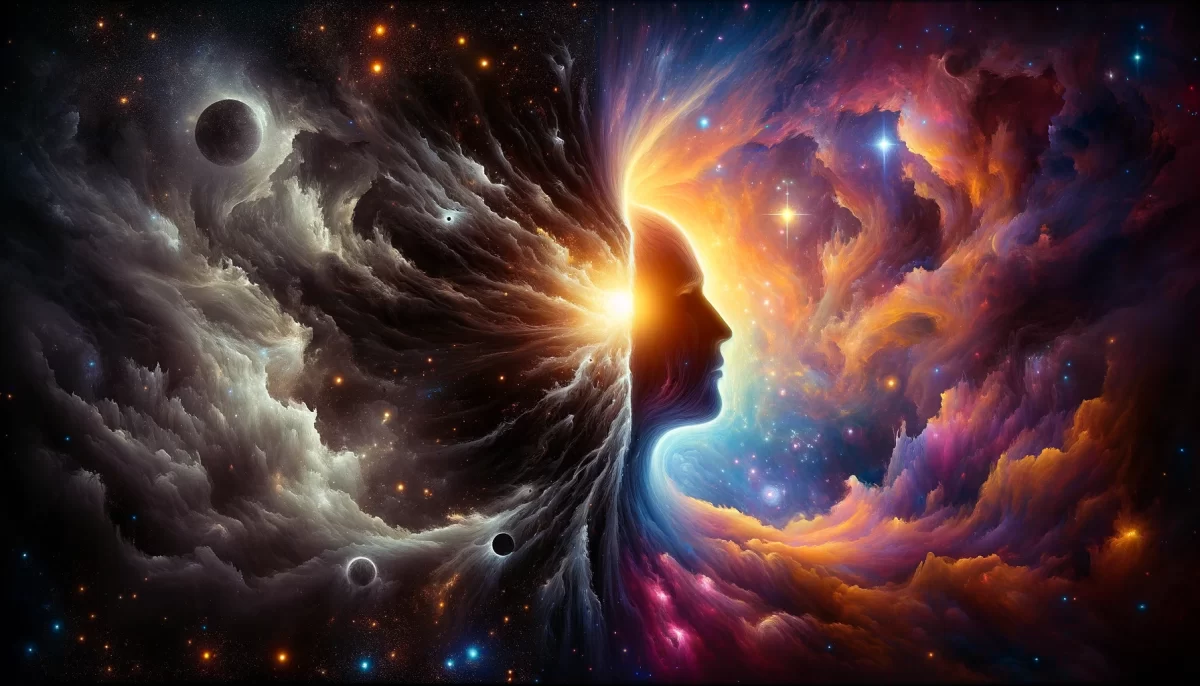
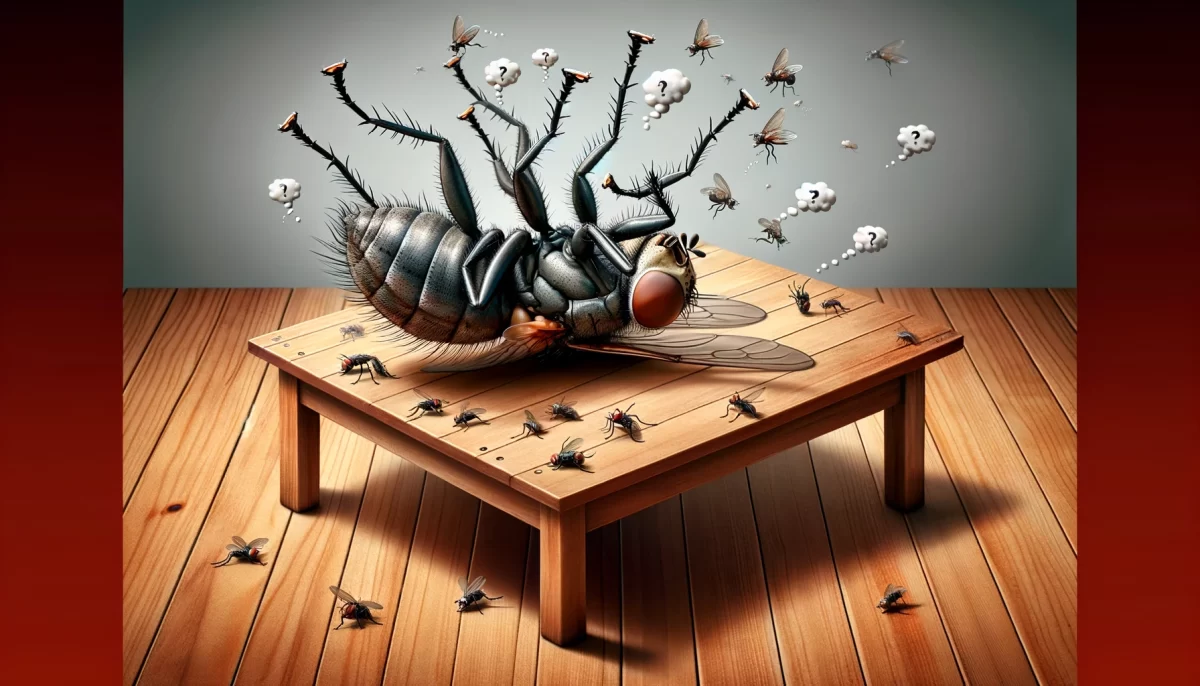
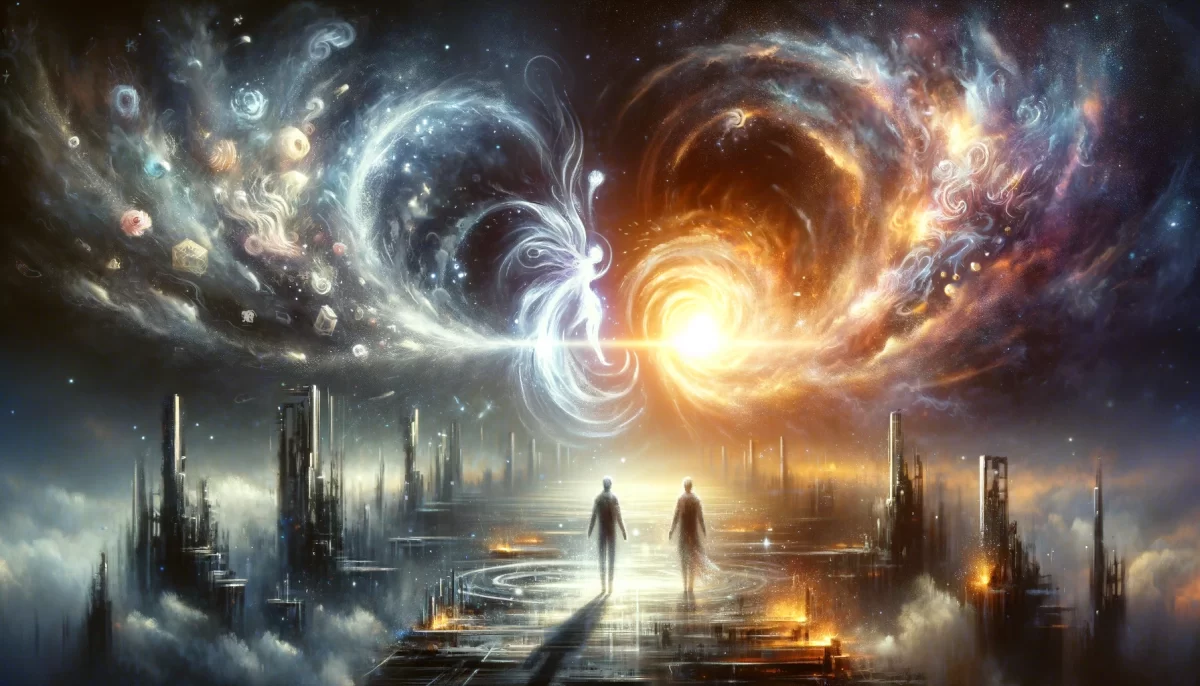
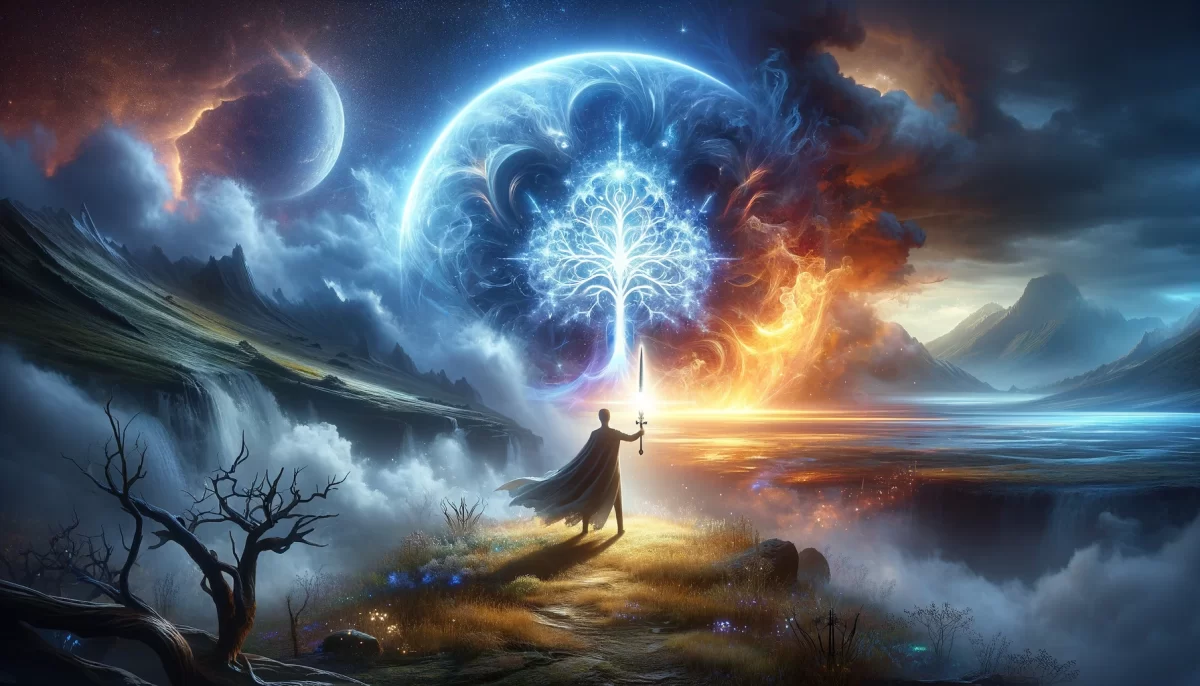
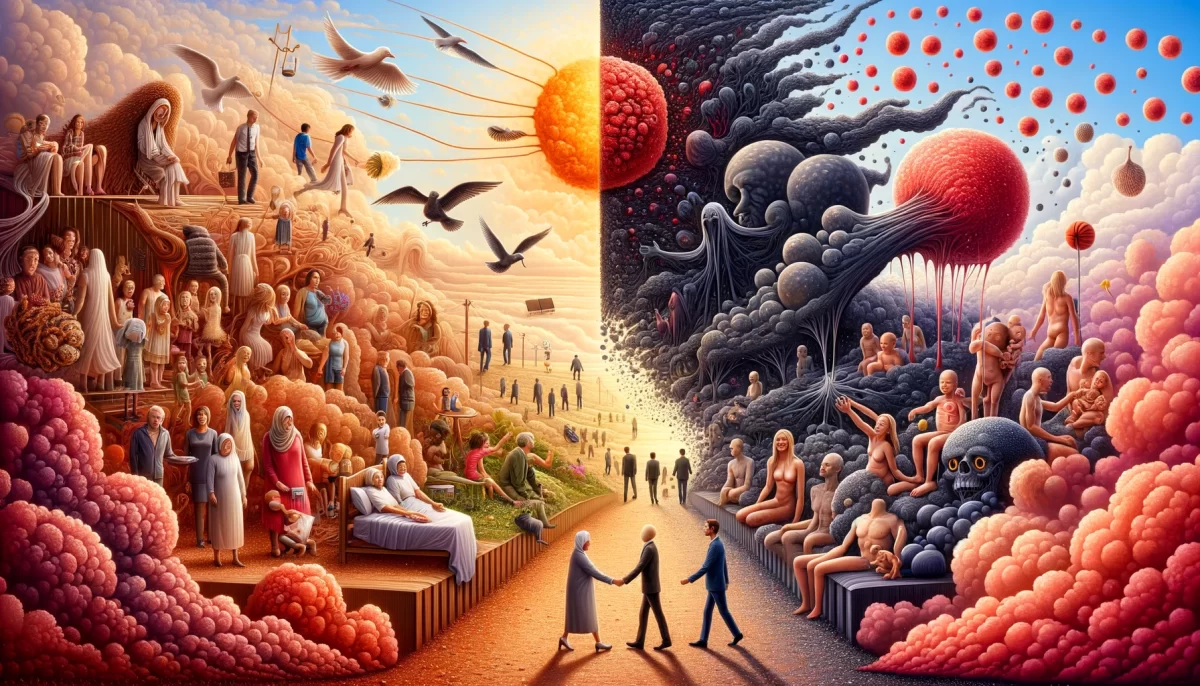

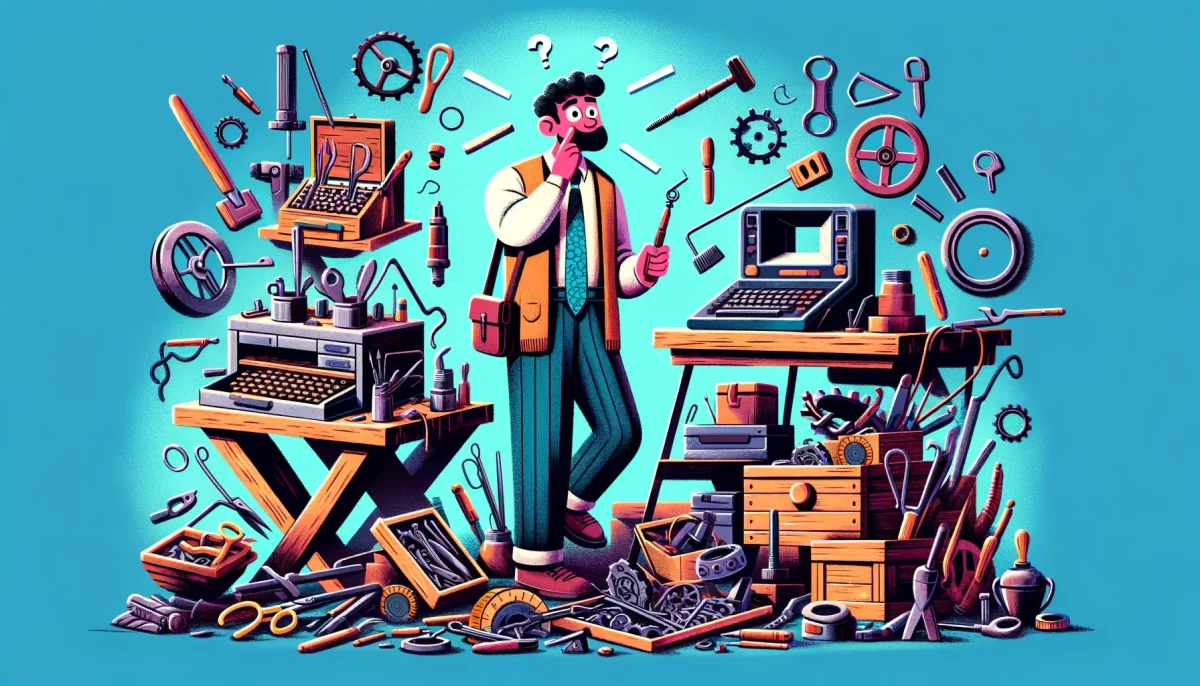
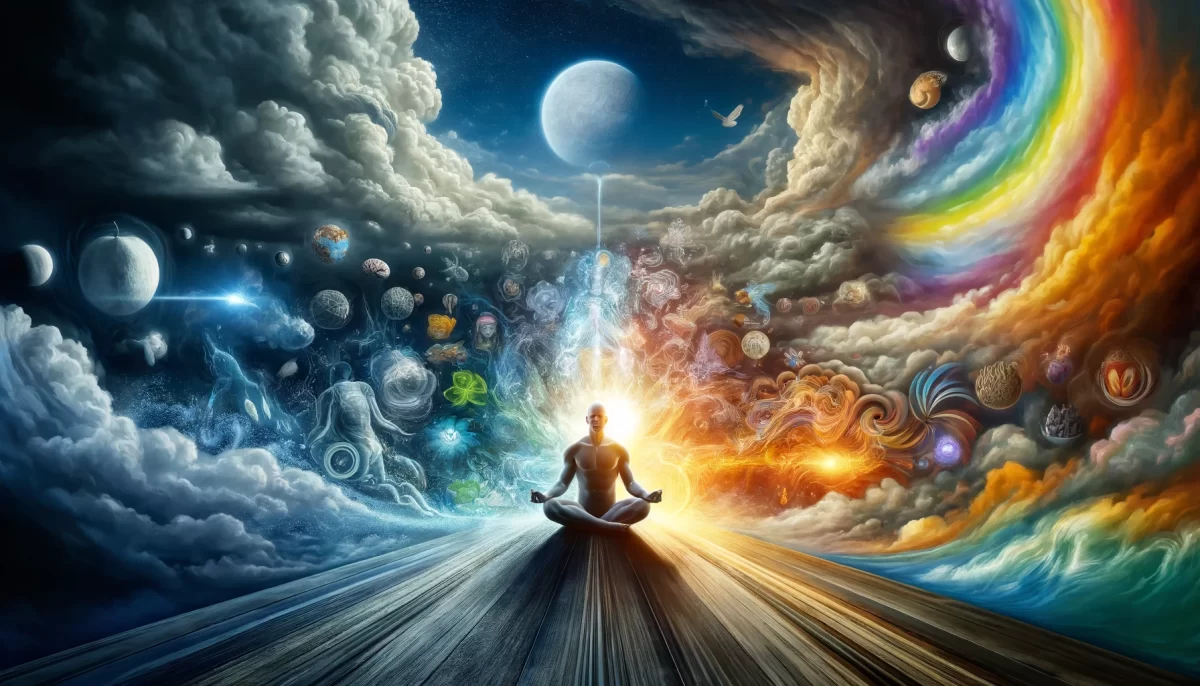


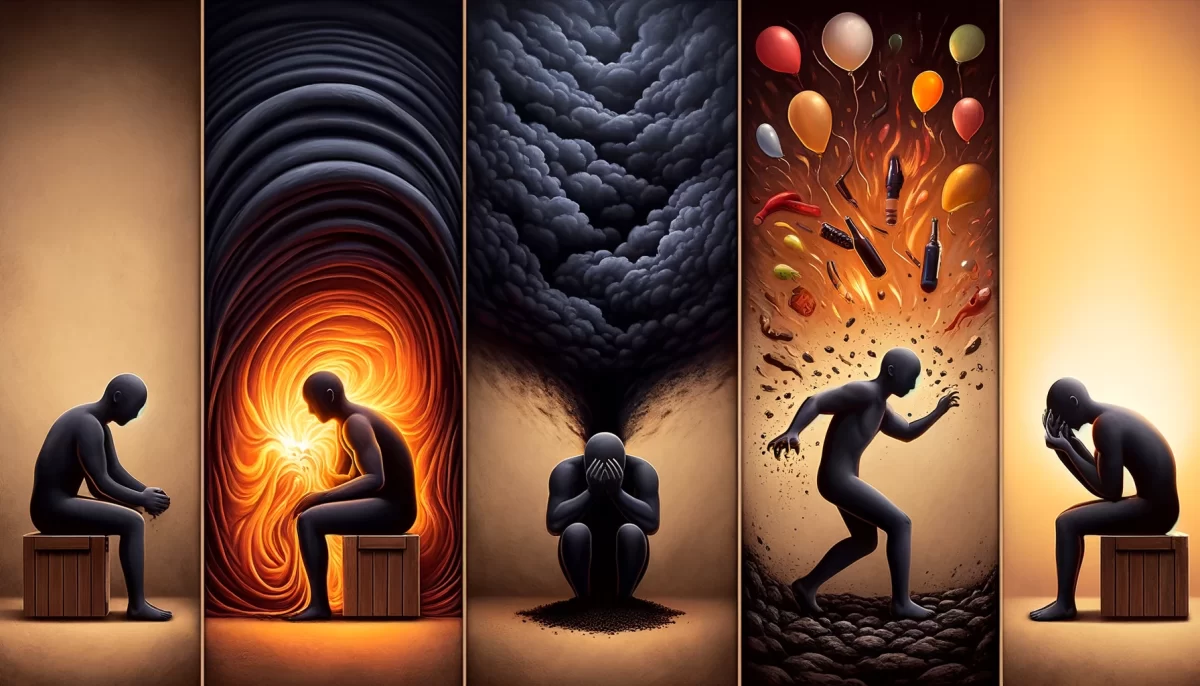
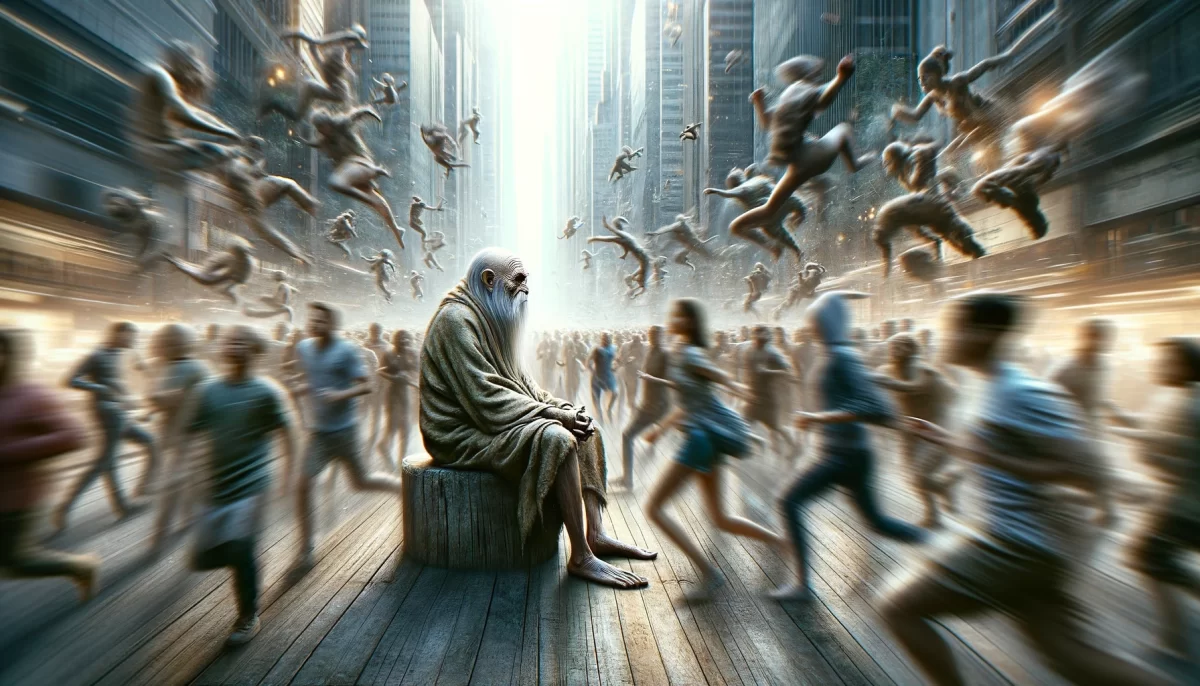
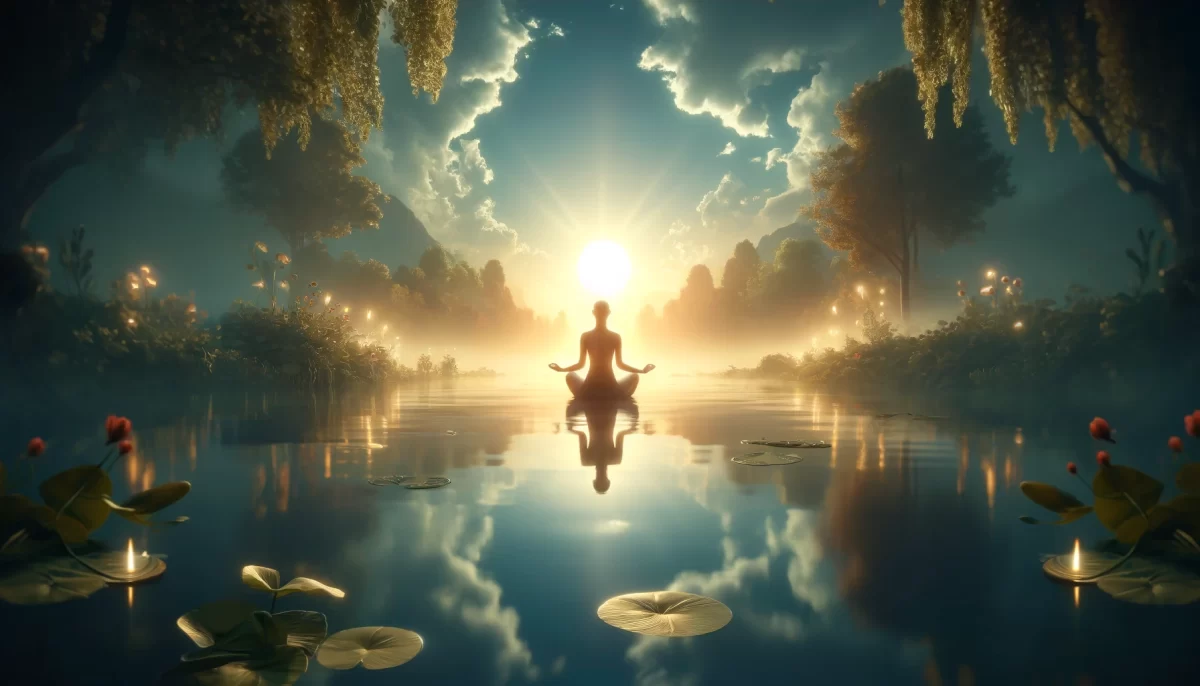
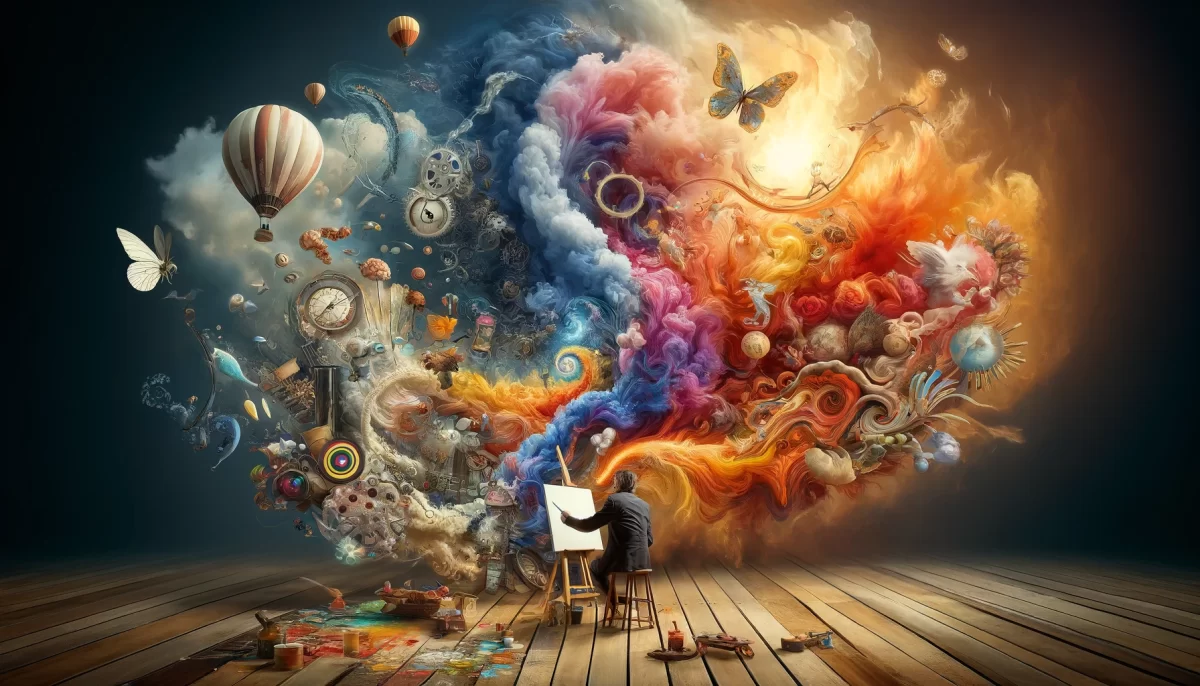

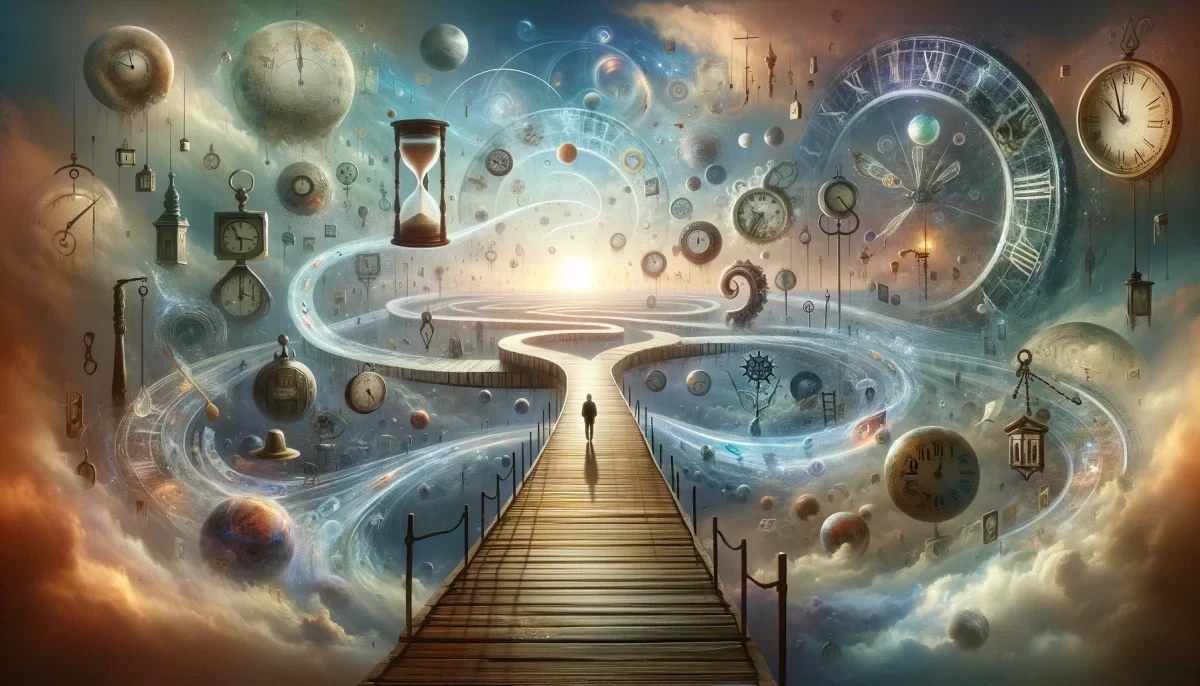
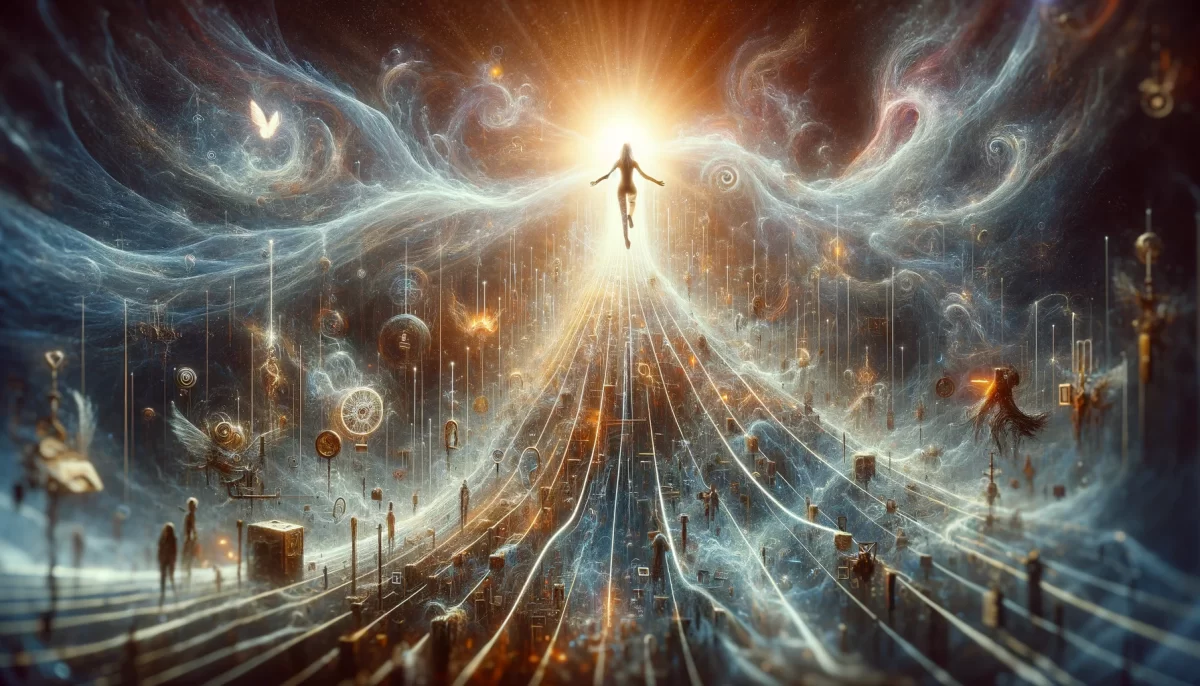




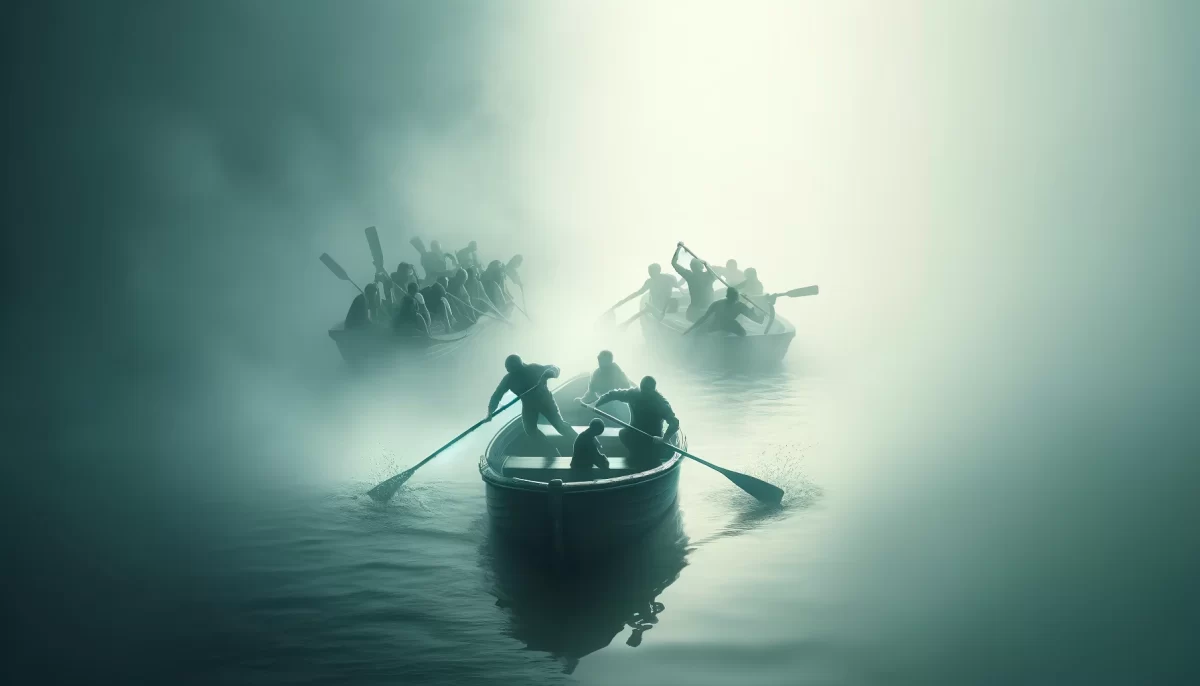
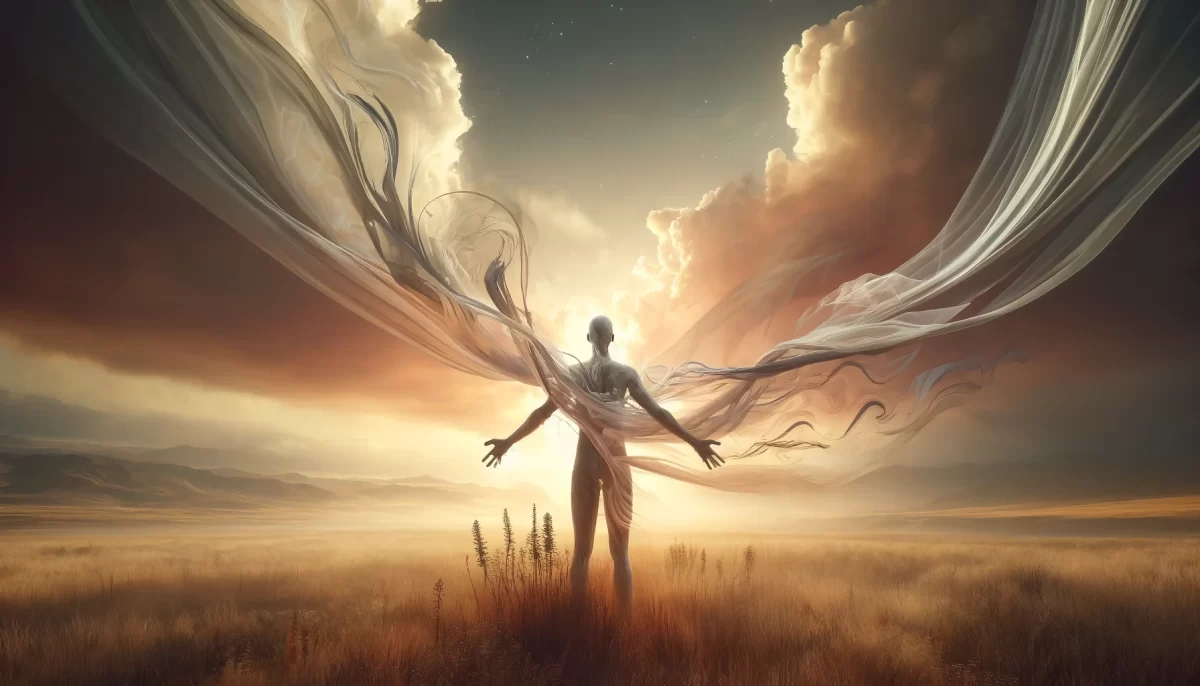
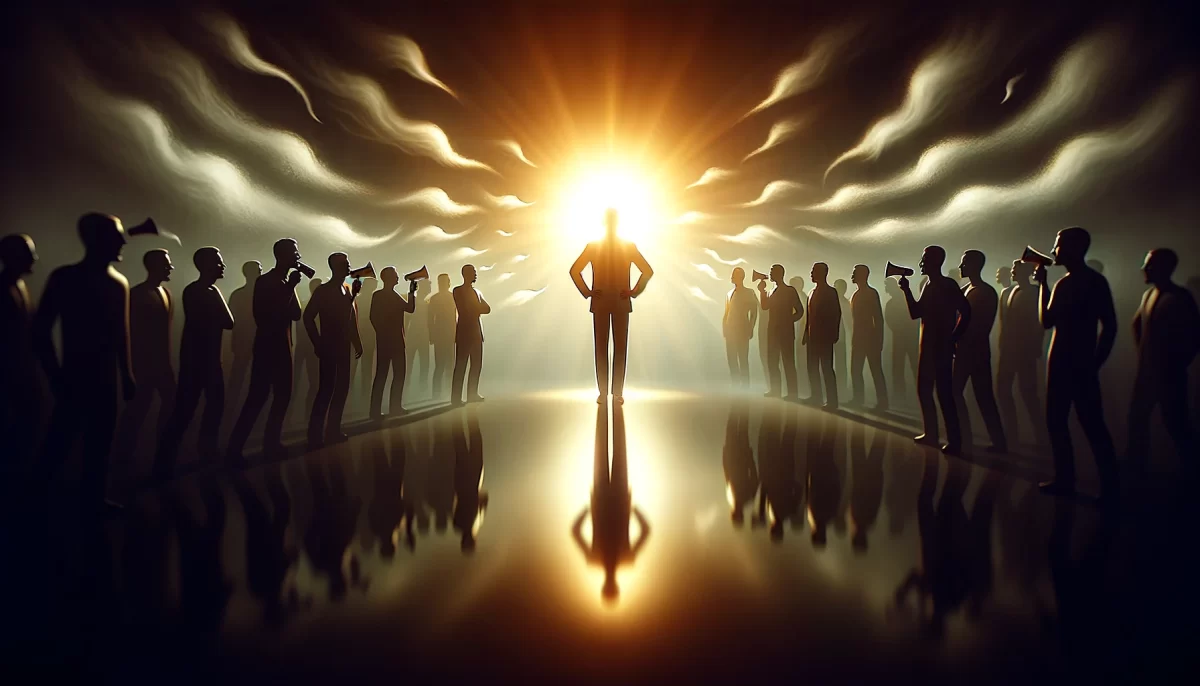
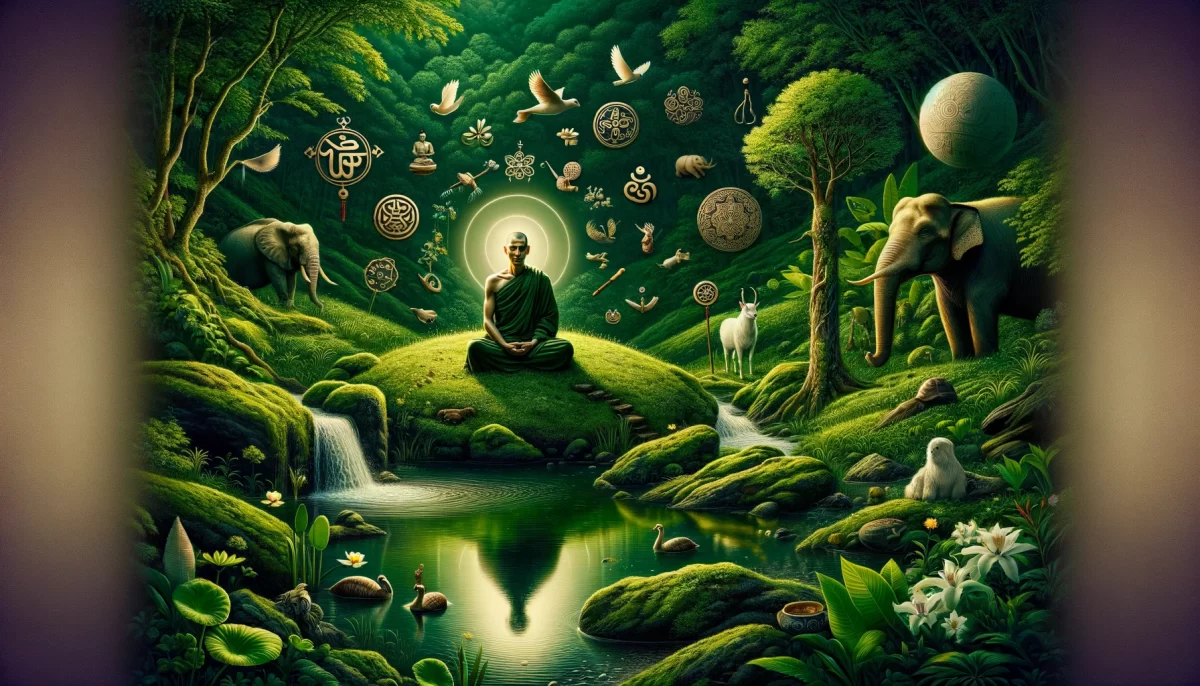
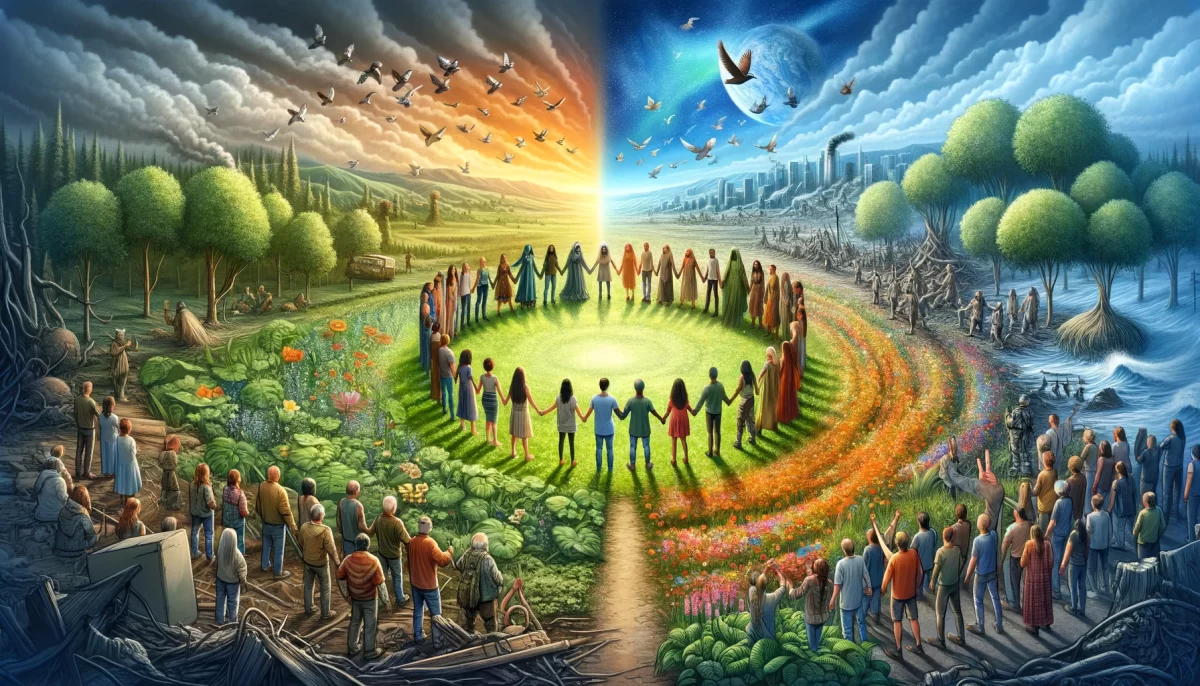
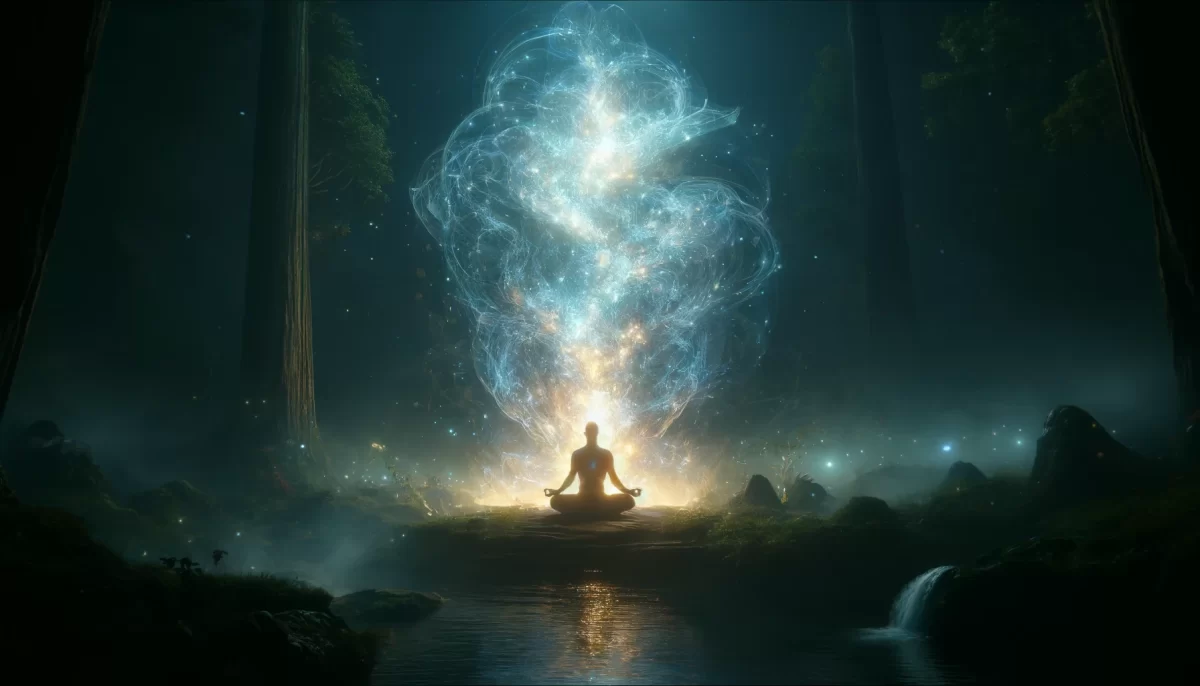
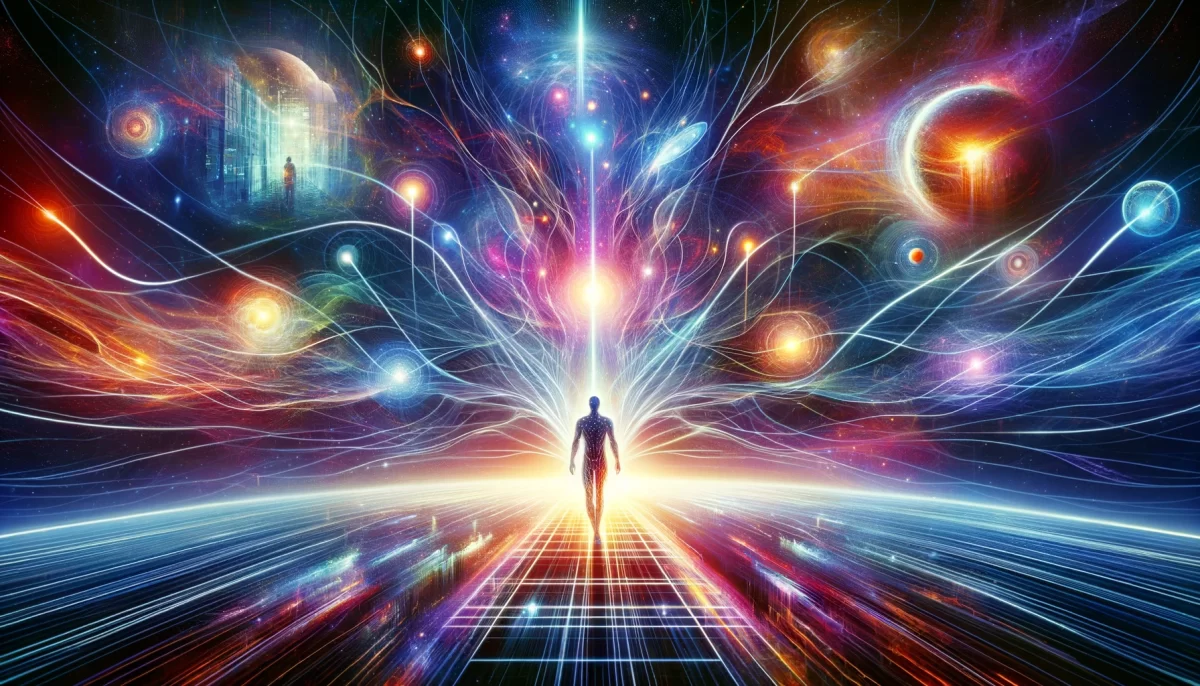
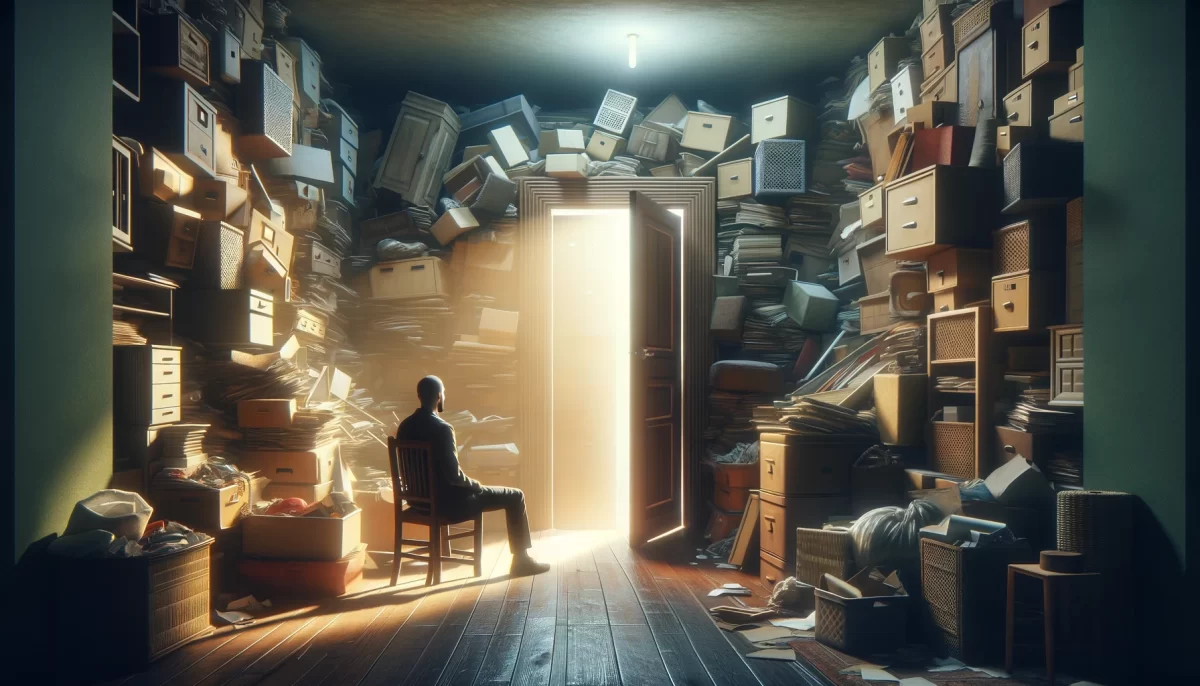
Leave a Reply